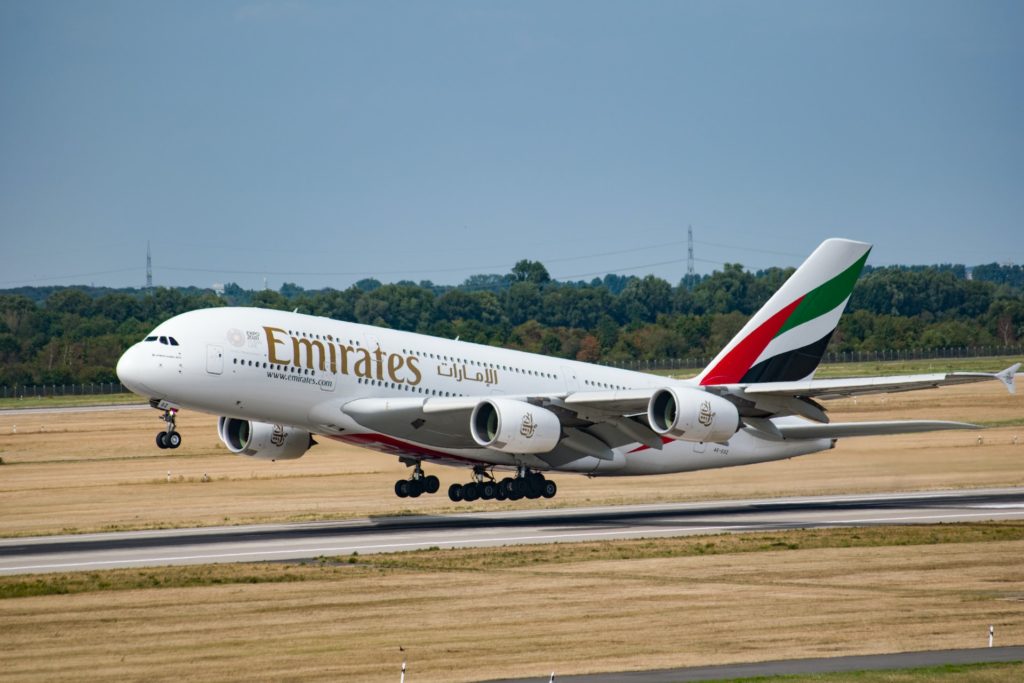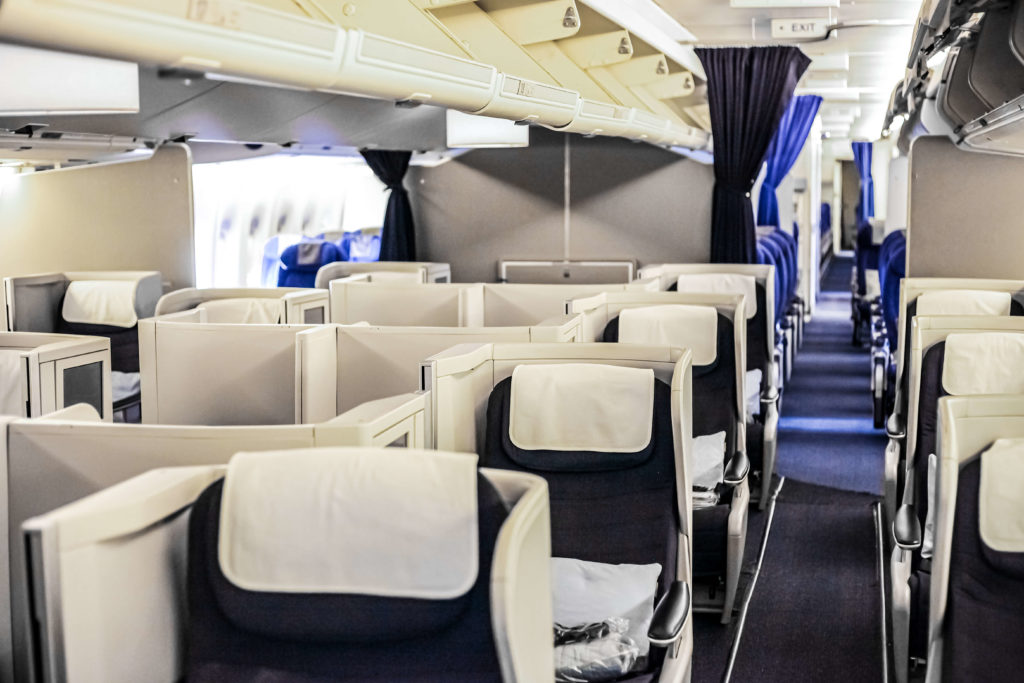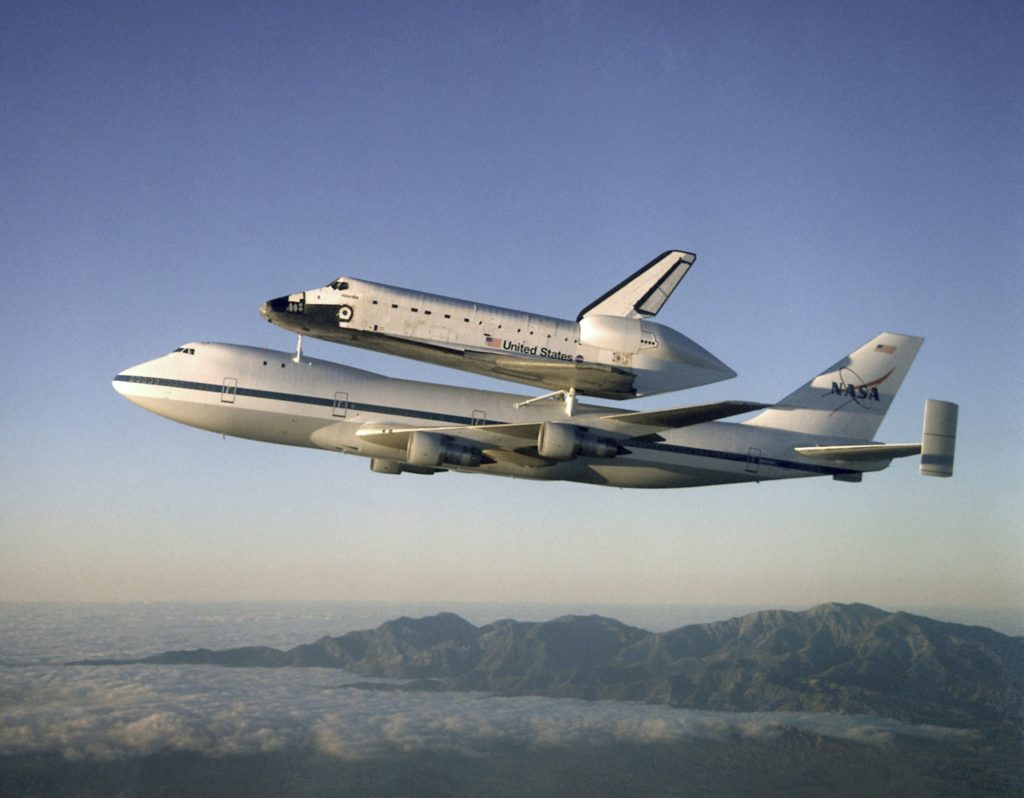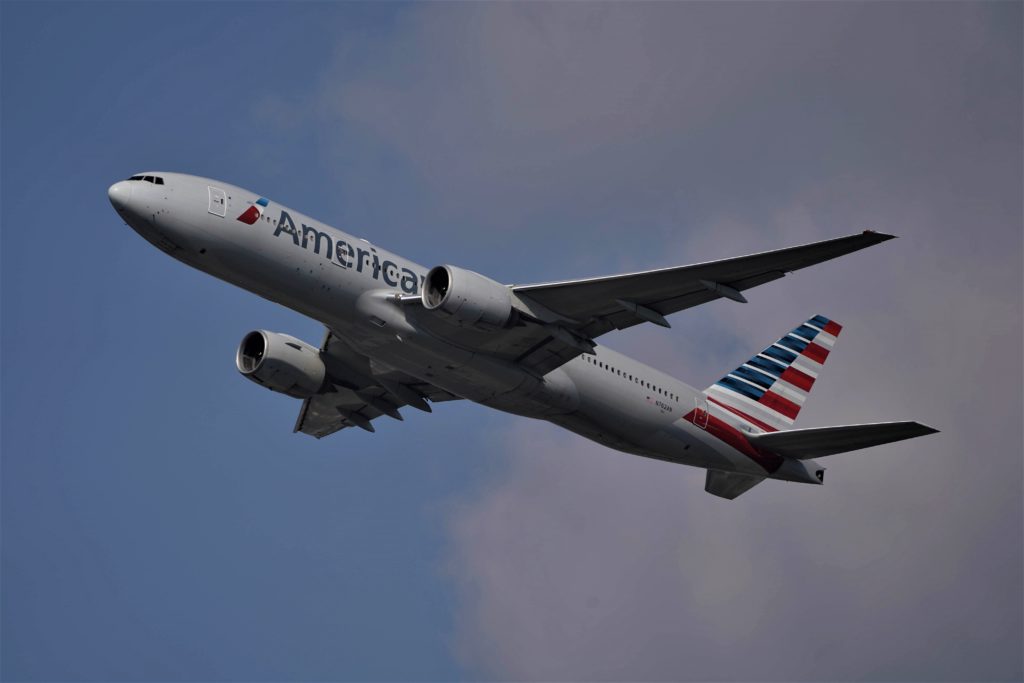A wide-body aircraft, also known as a twin-aisle aircraft, is a type of commercial airplane that is characterized by a wider fuselage and a wider cabin area, allowing it to accommodate more passengers and/or cargo.
These aircraft are typically used on long-haul international flights, although they can also be used on domestic routes that require a larger capacity.

Features of Wide-Body Aircraft:

One of the most notable features of wide-body aircraft is their size. These planes are generally much larger than narrow-body aircraft, which are typically used on shorter, domestic flights. Wide-body planes can range in size from the small Airbus A330, which can seat around 250 passengers, to the massive Airbus A380, which can seat over 800 passengers.
In addition to their size, wide-body aircraft are also known for their advanced technology and amenities. Many of these planes feature state-of-the-art entertainment systems, spacious seating, and gourmet meals. Some even have separate sections for business and first-class passengers, complete with private cabins and luxurious amenities.
Special Widebody Jet Cargo Usages:

In addition to their use as passenger planes, wide-body aircraft can also be used for transporting special cargo, including stuff like the Space Shuttle!
These planes have a large, spacious cargo hold that can accommodate a variety of items, including oversized or heavy items, hazardous materials, and temperature-sensitive goods.
Wide-body aircraft are often used for transporting large items such as construction equipment, automobiles, and military hardware. They are also frequently used for the transportation of live animals, such as racehorses and zoo animals.
The spacious cargo hold and advanced temperature control systems of these planes make them well-suited for these types of shipments.
Some of the Largest Wide-Body Jets:

Here are some of the largest wide-body jets currently in operation:
Note the passenger capacity figures are rough approximations. Due to airlines’ ability to customize the seating in each plane, this can vary slightly between airlines and configurations.
- Airbus A380: The Airbus A380 is the largest passenger plane in the world, with a capacity of over 800 passengers in a typical two-class configuration. It has a range of around 8,000 nautical miles and is primarily used on long-haul international routes.
- Boeing 747: The Boeing 747, also known as the “Queen of the Skies,” is a widely recognized wide-body aircraft with a capacity of around 400 passengers. It has a range of around 7,800 nautical miles and is primarily used on long-haul international routes.
- Airbus A350: The Airbus A350 is a newer wide-body aircraft that was introduced in 2014. It has a capacity of around 350 passengers and a range of around 9,000 nautical miles. It is primarily used on long-haul international routes and is known for its fuel efficiency and advanced technology.
- Boeing 777: The Boeing 777 is a popular wide-body aircraft with a capacity of around 400 passengers. It has a range of around 8,700 nautical miles and is primarily used on long-haul international routes.
- Airbus A330: The Airbus A330 is a medium-sized wide-body aircraft with a capacity of around 250 passengers. It has a range of around 7,000 nautical miles and is primarily used on long-haul international routes, although it can also be used on domestic routes.
How You Can Determine if Your Plane is a Wide-Body Jet:
In case you’re curious whether or not your personal flight will be on a widebody vs narrowbody airliner, there are a few ways you can uncover this:
- Check the airline’s website: Many airlines list the type of aircraft they use on specific routes, so travelers can check the airline’s website to see what type of plane they will be flying on.
- Use SeatGuru. You just type in your airline and flight number and it will show you what plane you’re scheduled to be on, and also shares neat info like whether or not you’ll have a power outlet or seatback entertainment screen on your flight.
